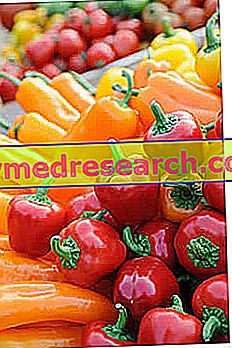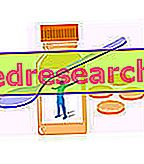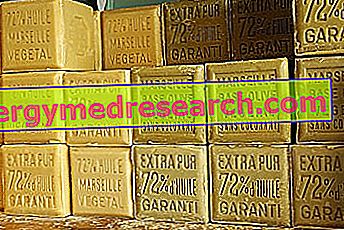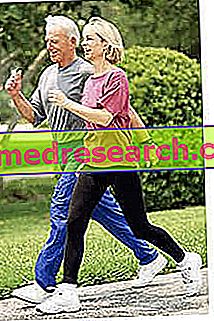What is cholesterol

Consuming mostly cholesterol-free foods can be a good habit, especially in the presence of lipidemia alteration or significantly elevated cardiovascular risk.
Circulating cholesterol is carried by lipoproteins; total cholesterol levels and the ratio of HDL / LDL lipoproteins contribute to increase or decrease cardiovascular risk
The human liver synthesizes about 70% of circulating cholesterol, while with nutrition it increases its levels by about 30%. Cholesterol-free foods affect the blood lipoprotein values more or less significantly in relation to other variables. Among these, the most relevant are undoubtedly:
- Genetics and familiarity
- Quality and quantity of food fatty acids
- Body mass index
- Insulin resistance and diabetes (increase in LDL lipoprotein oxidative stress)
- Physical activity
- Use of functional foods containing phytosterols
- Levels of insoluble dietary fiber
- Lecithin intake
- Polyphenol intake
Foods Without Cholesterol
Cholesterol-free foods belong to different food groups: cereals, legumes, vegetables, fruits, mushrooms, seasoning vegetable oils, alcoholic and non-alcoholic drinks (except milk). The foods that lack them and make: phytosterols, fiber, lecithin, polyphenols and polyunsaturated fatty acids contribute significantly to the reduction of total cholesterol and to the optimization of the HDL / LDL ratio.
However, although the vast majority of these foods do not contain cholesterol, some foods of plant origin can adversely affect the balance of this lipid. Many vegetable oils used as frying fats contain very high levels of saturated fatty acids, such as bifractionated palm oil, negating the choice of cholesterol-free foods rather than animal ones. As if that were not enough, some predominantly unsaturated vegetable oils undergo a chemical hydrogenation process in order to increase their consistency and smoke point resistance. Through this process, vegetable unsaturated oils take on the same metabolic characteristics as saturated fats of animal origin. They negatively affect the hepatic receptor uptake of LDL favoring its accumulation in the circulation.
Unfortunately, in hypocholesterolemic therapy it is not sufficient to prefer foods without cholesterol, but it is also fundamental to be careful not to introduce saturated or unsaturated hydrogenated fatty acids contained above all in fried foods and in industrial confectionery or bakery products.
Video
The correct diet to lower cholesterol
Directly from the MypersonaltrainerTv studies, all the secrets to naturally lowering cholesterol, described in a video as long (47 minutes) as exhaustive. Not to be missed!
Watch the video
X Watch the video on youtube



